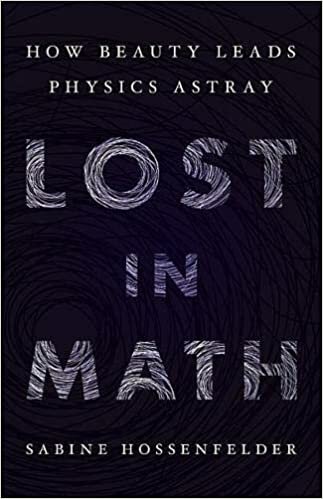One more point. Assuming that we could reach 0,1c
Depending on your rocket design... if it were a lasersail, I'd try to go to at least 0.2-0.5c, to return mission data in a reasonable timeframe of <20 years instead of something along the lines of forty years. It might be hard to do, depending on the specifics of the tech, or you might just sacrifice the Proxima mission to focus a laser on the ACA probe for twice (?) as long with a bigger lens.
Harder to do with an antimatter rocket, but theoretical max exhaust velocity from that is 0.3c (atomic rockets). So again, depends on the tech base.
Hardly kindergarten. I was thinking a mixed crew of 20-year old grad students and 30-odd year old PhDs/grizzled astronauts (or Mormons or whatever). The payload is the younger people, a truckload of embryos (those won't last very long either) and their reproductive systems and cultural knowledge. Try to get to target in under twenty years, preferably ten.
Breakthrough starshot's gunning for twenty years too. Forty years is too long for useful data. They wanted to send Cassini to Uranus (it would have been a twenty year transfer), but it was a silly idea and cost ludicrous amounts of money to keep the probe running for data... in twenty years, if the probe didn't break along the way.
But yeah, whole program turnaround could be a century, easy. I don't think you'd send the industrial base with the main colony, TBH. Have a smaller, more expendable expedition set up an industrial base first, and then send the first colonists. And you're going to want a mission to test the deceleration stage before you load it up with an industrial base and astronauts. Whole program's running on a century-long timeline, easy.
Another implication I really like about superlaser arrays for lasersails is... the geopolitical implications. 50 petawatts worth of solar-powered superlaser (that's what my old napkins say you need for a 100,000 tonne ship, 10,000 tonne payload-ish at 0.5c I think) is not quite something the Earthers are going to trust the Martians, or worse, those dastardly Jovians, with. Sure, the big things are fragile as frick, but
could they zap every ship in the system before they get blown up?

breakthroughinitiatives.org



